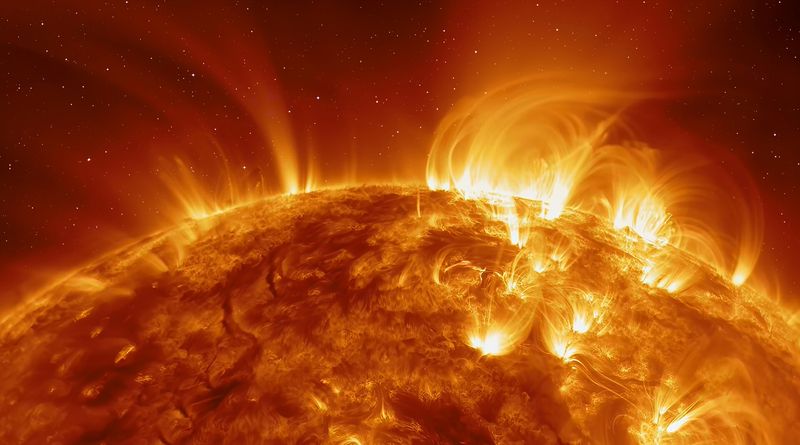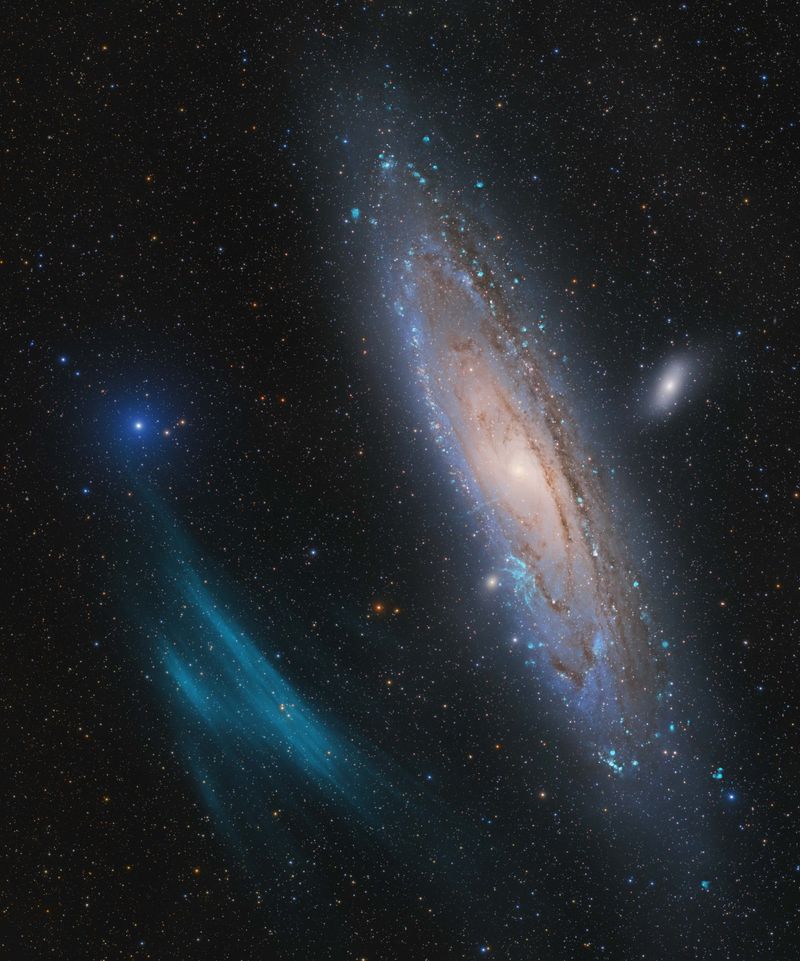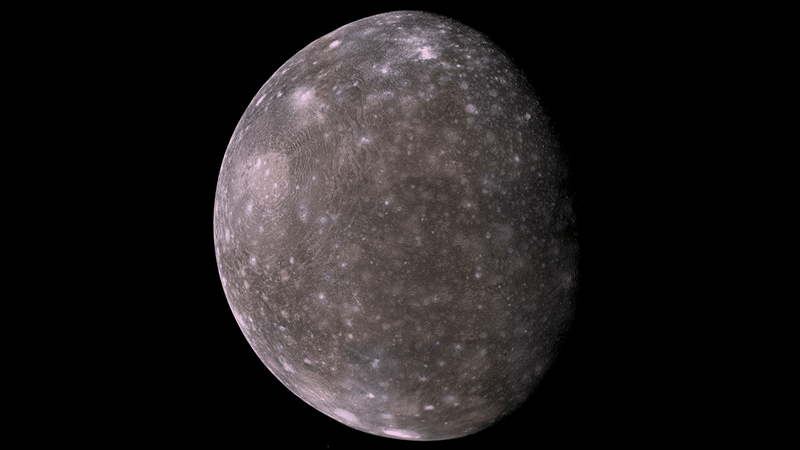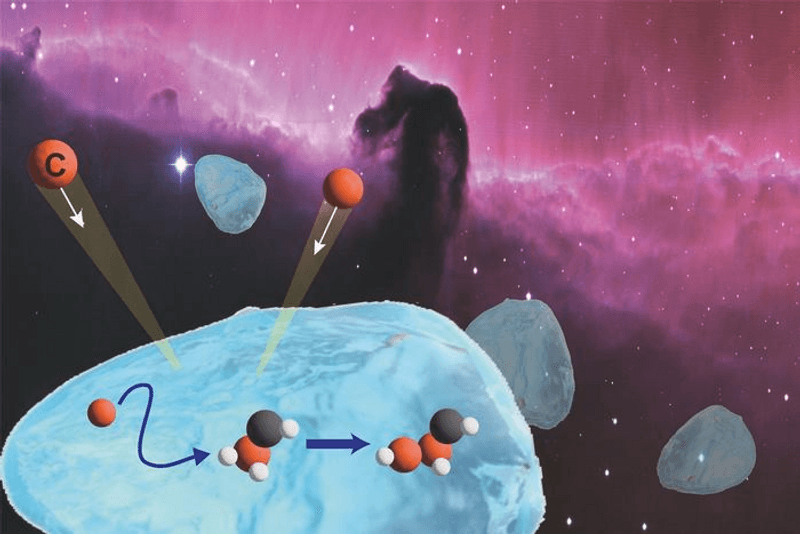The Earth may appear to be a nice little closed system. We get energy from the Sun of course, but it seems that from the atmosphere down, all of the processes are terrestrial in source. We know that this idea is not exactly true — the Sun is also spewing a constant stream of charged particles that slam into our planet's magnetic field, altering its shape, and in turn, affecting the atmosphere and everything that lives in it. This is just a part of what we call space weather.
For The Big Questions, IFLScience's podcast, we spoke to Dr Nigel Meredith of the British Antarctic Survey (BAS) about what space weather actually is and how it affects us. You can even listen to the sound of some of these events in the episode below.
What do we mean by space weather?
Nigel Meredith: The term “space weather” refers to variable conditions on the Sun that can basically influence the performance of technology, both in space and on Earth.
The main source of space weather is the Sun. We have explosions on the surface of the Sun, they send out bursts of charged particles and magnetic field into space and when they reach the Earth, they can tear open the geomagnetic field, giving rise to a geomagnetic storm and this can cause disruption to satellites, to communication and navigation signals, to aviation, and also to power supplies. The nature of this risk is such that severe space weather was added to the UK national risk register back in 2012.
How do you monitor the Sun and how the magnetic field around the Earth is changing?
NM: There are various monitors. Some are at the so-called L1 point, which is outside of the Earth’s magnetosphere towards the Sun and that measure conditions in the solar wind. Then, we have data from satellites themselves in situ in the Earth’s magnetosphere where satellites orbit. We can also make measurements of the waves in space on the ground, as well as electrical currents that are caused by the aurora.
For example, one of the main threats to satellites is so-called killer electrons. These electrons have energies of the order of a mega-electron volt, which means they’re traveling at a very high fraction of the speed of light. These relativistic electrons can penetrate satellite surfaces and embed themselves in insulators and ungrounded conductors.
From here the charge can build up, the electric fields get stronger and eventually, they can reach levels that can cause breakdown. This leads to a spark, which isn’t good news for electronic components. Sometimes the effects are relatively minor but occasionally, very rarely, an entire satellite can be lost if this happens in the wrong place.
We build models here at BAS of the space weather environment, taking into account the plasma waves in space. One particular type of wave, called chorus, has been shown to be important for accelerating these electrons to high energies. We can measure these both in space and on the ground and this is where the Halley Research Station comes in.
There, we have a VLF receiver that detects the very low-frequency radio waves from the chorus emissions. We use them to help us study the effects of space weather on the radiation environment and also any potential links with linking space weather to climate change and for lightning detection.
Where is the Halley Research Station? Are there other monitoring devices on Earth?
NM: Halley and the VLF receiver are in the Antarctic. There is also a SuperDARN radar, which was in the Antarctic but is currently in the Falkland Islands. This radar measures electrical currents in the atmosphere. During geomagnetic storms, you get these beautiful displays of the aurora, but you also get strong electrical currents that heat the atmosphere, and they cause it to expand. This can slow down satellites and space debris and increase the risk of collisions.
The SuperDARN radar is part of a global network of such radars that can measure and model the heating due to these currents and the effects on space debris and satellites in orbit — so, we can monitor different aspects of space weather.
Does all solar activity impact Earth?
NM: The activity that is important is that which is directed toward the Earth. Back in 2012, there was a massive eruption on the Sun, that had it been directed toward the Earth, and could have caused significant problems. As it was, it went off to the side, so it didn’t come towards the Earth.
You can have a huge explosion on the Sun that doesn’t influence the Earth. It’s only the ones that come in our direction that are important. Imagine if someone is firing bullets, if they go off in a different direction, you’re safe. If they’re coming towards you, you duck.
It would be very difficult for the Earth to duck. Could modeling tell us what to do if a major explosion on the Sun comes toward our planet?
NM: We’ve learned a lot over the last 10 or 20 years with the modeling work and the observations to be able to forecast the radiation environment up to 24 hours ahead. Our model does that, and it’s updated every hour and available on the web for people to use. We also provide a measure of the risk of damage as well.
You’ve managed to turn space weather into sounds, tell us about that.
NM: The amazing thing about the VLF signals that we detect at Halley is that they are in the audio frequency range, from about 10 hertz to 10 kilohertz, which is the same as the sounds that we hear.
We detect radio waves and can then convert them directly into sound and play them back through loudspeakers. As a result, we get to experience some of the space weather environment through our own ears and it turns out that the sounds are quite remarkable.
The chorus wave is so-called because, when you convert it to sound, it resembles the twittering of birds in the dawn chorus, and you have a beautiful cacophony with all kinds of variations. These waves can sound different every time.
The waves can be detected on Earth at Halley, but also directly in situ in space where they are generated. When you detect them on Earth, there’s a lot of crackling in the background. This comes from lightning: every time you have a lightning flash it gives out a massive pulse of radio waves, some in the VLF range, so you continually hear crackling on Earth.
Does this mean you can hear lightning from other parts of the world?
NM: Yes. This is what’s incredible. The kind of crackles that we hear at Halley typically come from the Amazon and Congo basins, both of which are over 8,000 kilometers (4,970 miles) away.
Some of the radio waves from lightning even leak out into space. They then travel along the Earth's magnetic field line and are collected in the other hemisphere. The signals get distorted because the higher frequencies travel faster than the lower frequencies. What starts out as a ping or a crack actually comes back as a whistling sound, a descending tone. We call that a whistler. [You can hear these sounds in the episode above.]
The sounds you hear also depend on the time of day, or whether there is a geomagnetic storm going on. It’s like Earth’s own symphony or natural radio.
This interview was part of IFLScience's The Big Questions and has been edited for length and clarity. Subscribe to our newsletter so you don’t miss out on the biggest stories each week.




